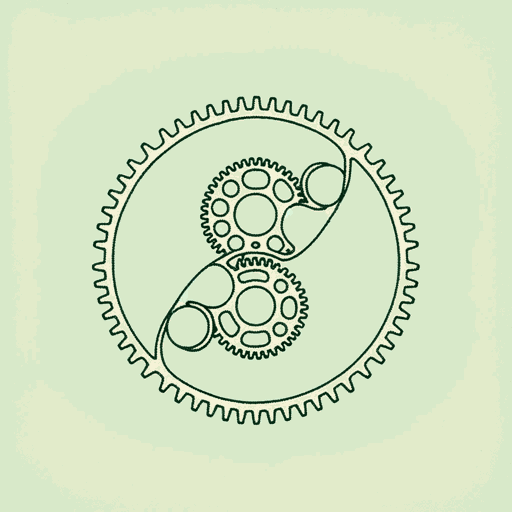44 pages • 1 hour read
Michael LewisThe Undoing Project: A Friendship That Changed Our Minds
Nonfiction | Biography | Adult | Published in 2016A modern alternative to SparkNotes and CliffsNotes, SuperSummary offers high-quality Study Guides with detailed chapter summaries and analysis of major themes, characters, and more.
Summary and Study Guide
Overview
A powerful dichotomy lies at the heart of The Undoing Project: A Friendship That Changed Our Minds (2016), Michael Lewis’s account of how the friendship between two Israeli psychologists—Daniel Kahneman and Amos Tversky—essentially created the field of behavioral economics and shifted paradigms about human decision making. This dichotomy is the tension between intuition and algorithms, between gut feelings and empirical data. In the Introduction, Lewis explains that The Undoing Project exists largely as a complement to Moneyball, his 2003 book about how the Oakland Athletics front office shifted how many view performance analysis in professional sports. As Lewis delves into the minds of Kahneman and Tversky, he goes deeper into understanding why people’s judgments and intuitions are flawed, and how trusting objective algorithms might benefit society in very significant ways, from the medical field to regulation in government.
This is a book about a complex collaboration between two brilliant men: Kahneman, the insecure and self-doubting loner, and Tversky, the charismatic and magnetic extrovert. Their collaborative friendship was often compared to a marriage, and its eventual collapse felt far more like a divorce than a professional dissolution or courteous parting of ways. Their bond was strengthened by each man’s commitment to their native Israel, and their national identities were inextricably linked to their professional motivations. Both Kahneman and Tversky had a deeply rooted desire to serve their country, to be useful in some real and practical manner to a nation wrapped up in war and constantly thrown into the international spotlight. Kahneman, a Holocaust survivor, and Tversky, a decorated paratrooper, both eventually moved to the United States, where many of their shared ideas flourished.
Together they published a vast array of papers, each one focused on a different side of the multifaceted prism of human judgment and decision making. By developing their theory on heuristics, or mental rules of thumb that the human mind often resorts to, they sought to advance the field of behavioral psychology and economics and to provide a profound glimpse into human nature. They were driven by a primary question: When human beings make decisions, what are they actually doing?
Though vastly different in personality and temperament, Kahneman and Tversky were united in purpose, their ideas and minds so intertwined that for most of their time working together they were generally unable to identify where a thought had originated. The final results of their shared work are a testament to what can happen when people in any field decide to challenge the status quo, to remain receptive to new ideas that could help shape society and provide deeper insight into the mystery of the human experience.
Related Titles
By Michael Lewis

Flash Boys: A Wall Street Revolt
Michael Lewis

Going Infinite: The Rise and Fall of a New Tycoon
Michael Lewis

Liar’s Poker
Michael Lewis

Moneyball: The Art of Winning an Unfair Game
Michael Lewis

The Big Short: Inside the Doomsday Machine
Michael Lewis

The Blind Side
Michael Lewis

The Fifth Risk
Michael Lewis

The New New Thing
Michael Lewis

The Premonition: A Pandemic Story
Michael Lewis

